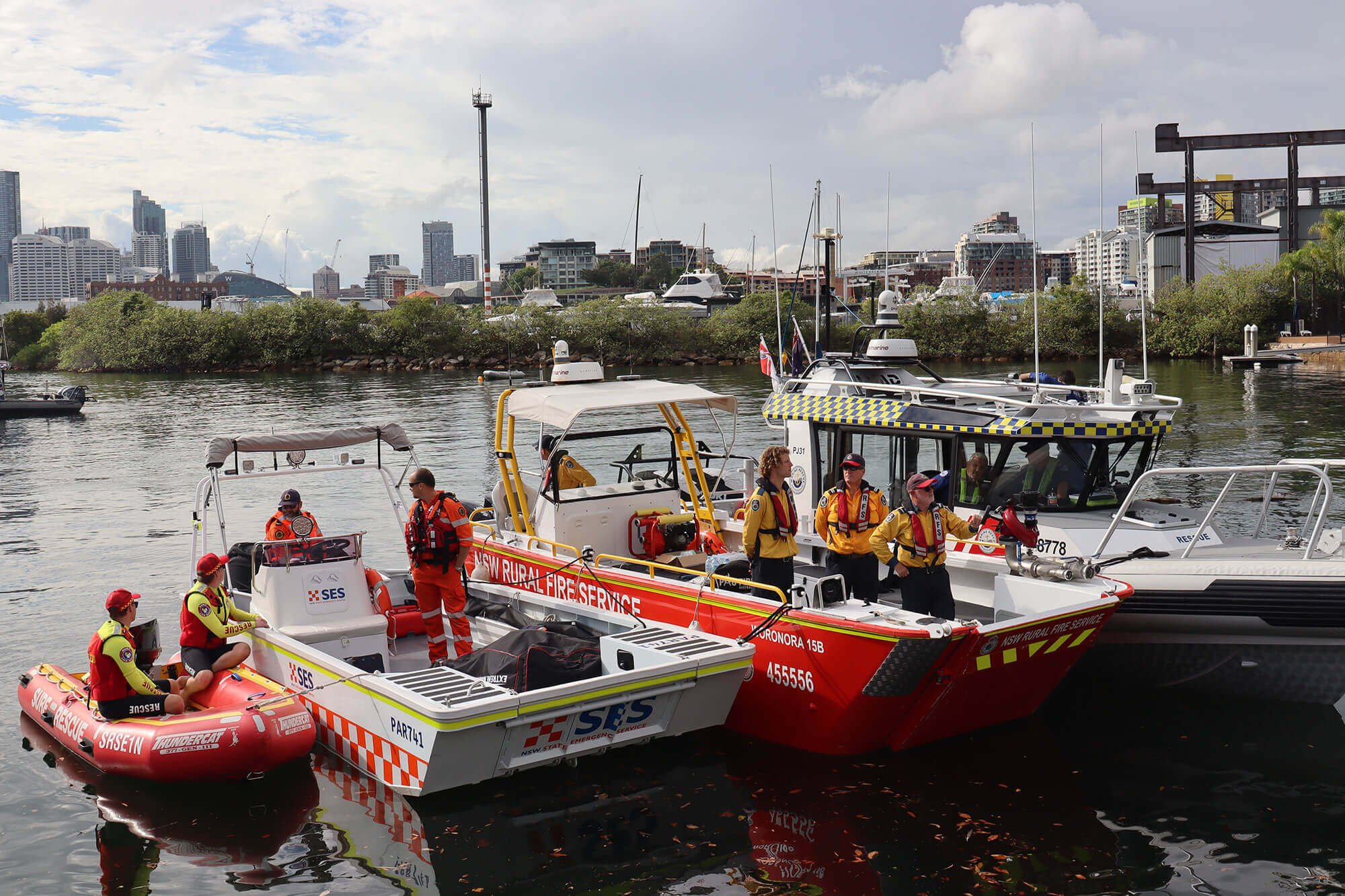
Our Objectives
Our vision statement
EMPA exists to lead and support the evolution of effective communication and community engagement before, during and after emergencies, by providing a network for all who practise and research in this sector.
Our rationale
To benchmark the best media liaison and public affairs responses to disaster across Australasia and to share lessons learned by practitioners and researchers.
To provide ample opportunity for discussion on topics of common concern to all practitioners so that ideas can be generated and solutions canvassed.
To provide a common meeting ground for practitioners and researchers for discussions on various aspects of emergency response and action plans.
To allow researchers to share their findings with practitioners and other researchers.
Principles of communication in disaster & emergency
Seven key principles are outlined below. Each principle is also the starting point for a discussion paper in the pages that follow. Our aim is to go beyond the one-line statements and offer insight into the context of the ideas expressed, and guidance towards making the aspirations into realistic good practice.
Strategic Messaging - Connection & Credibility
Effective disaster communication requires a rigorous strategic process. We must do far more than transmit accurate data. We must understand why we speak. We must understand those we are speaking with. We must listen to ensure that we have been heard, understood, and believed.
The Seat at the Table - Systems & Structures
Excellent communication is central to excellent operations. Communicators need a seat at the table and a voice in strategic decision-making. They should understand, support, and influence operational objectives.
Community Focussed Communication
People are the primary focus. We need to work with communities. We need to build communication policy, plans and practice that truly acknowledge the community’s capacity and complexity, their perspectives and priorities.
Creating Connections - Integrating Efforts
Emergencies break things apart. A key responsibility for emergency communicators is to create and strengthen the links between teams, organisations, groups, and individuals.
Working with Media and Social Media Providers - Liaison to Collaboration
Media agencies, journalists and those who work on social media to collect and create content, are our partners in disaster communication. We should move beyond liaison to develop trusted relationships and effectively collaborate to support, guide and empower those impacted.
Creating Networks - Connecting Stakeholders
Disaster impacts whole communities. It is fundamental to effective emergency communication, to create networks between emergency response agencies, government and the private sector so that we can work together to help the community prepare, respond and recover.
Building Teams - Creating Capacity
There is much to be done. We need to resource and build scalable and adaptable teams of skilled communication practitioners. We need to prepare them, build their capacity, and work to ensure their well-being.

Contact us
To find out more about Emergency Media and Public Affairs or for our latest conference details contact us today.











